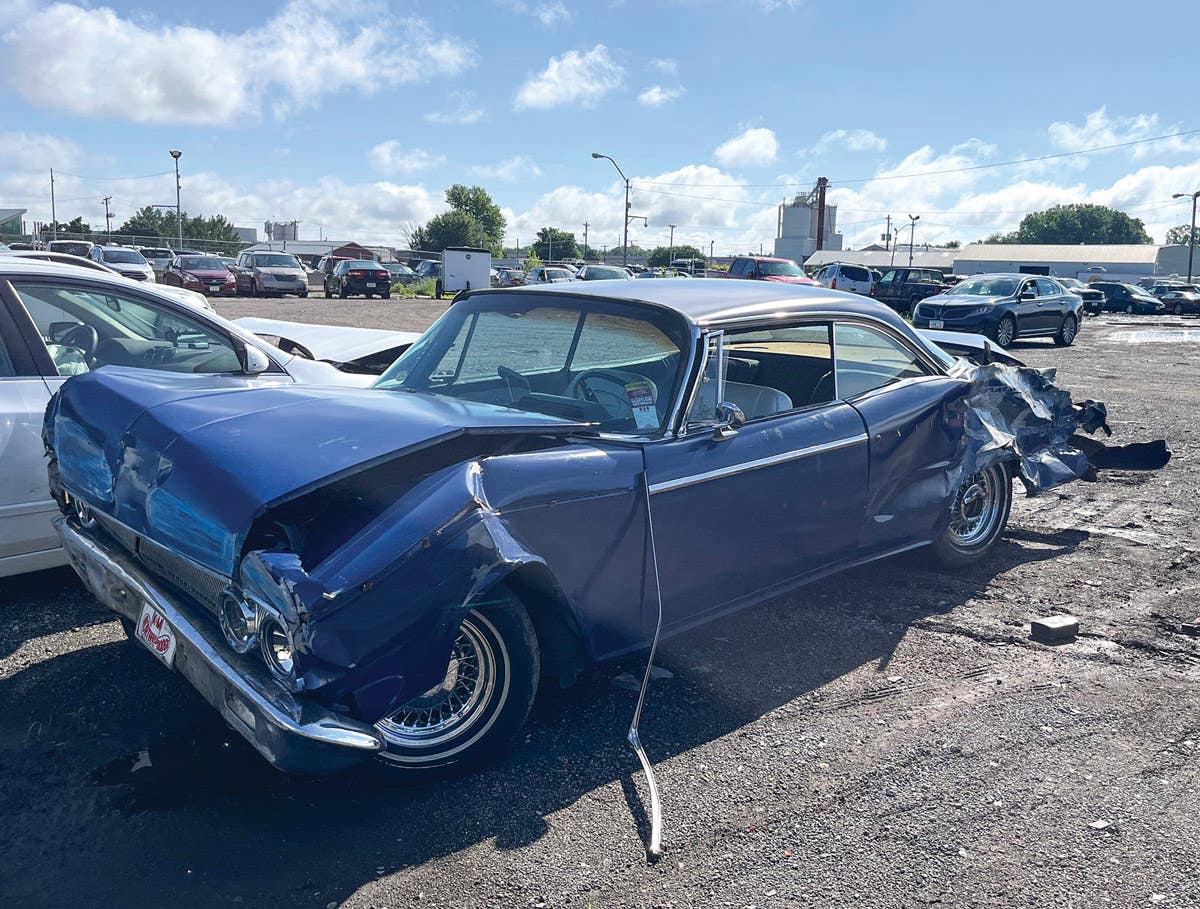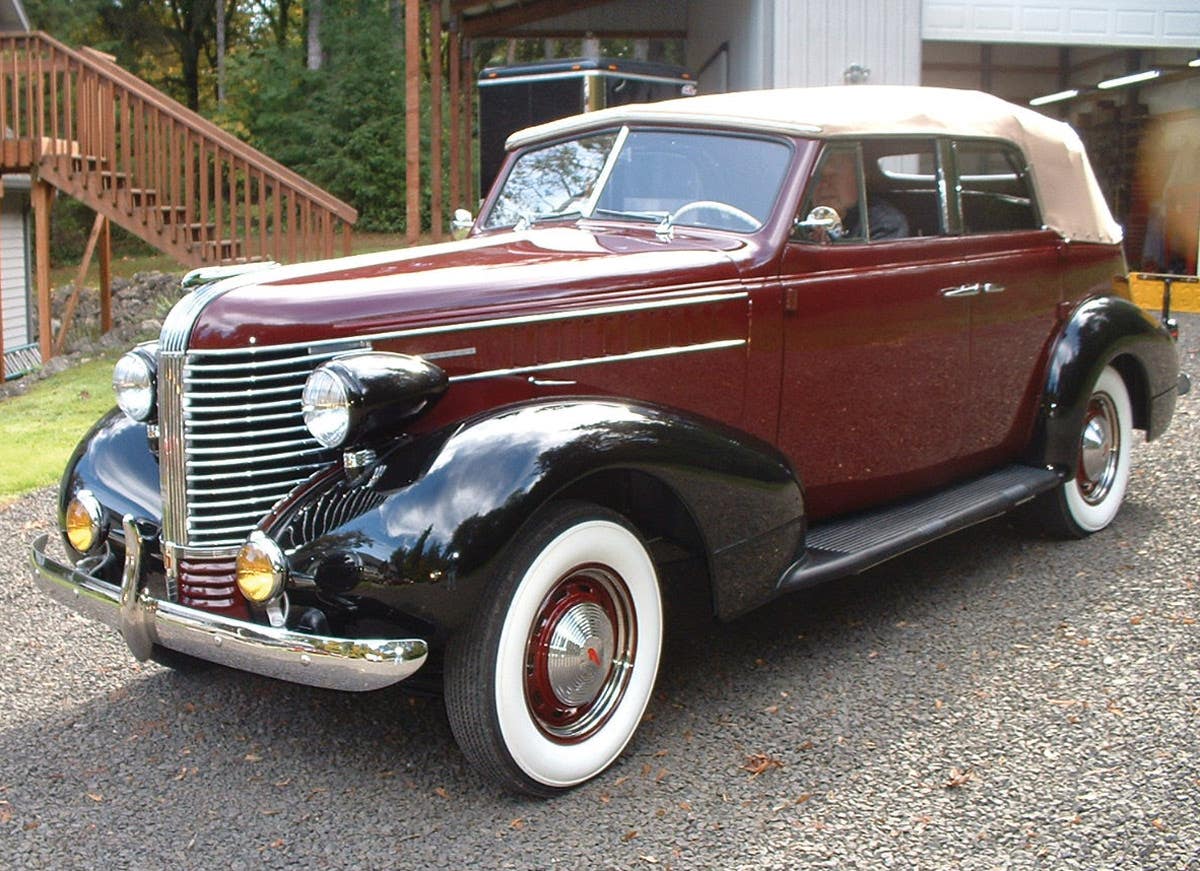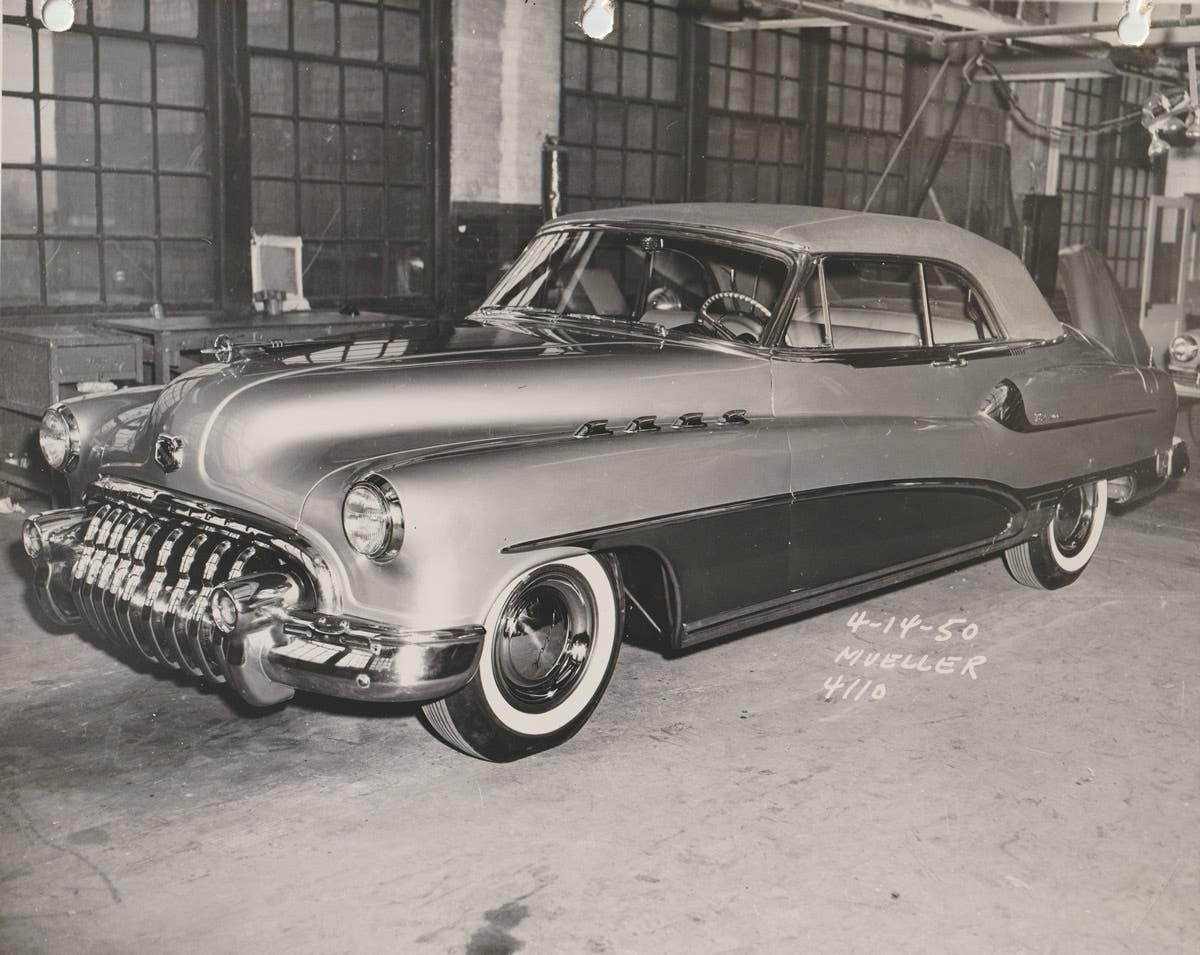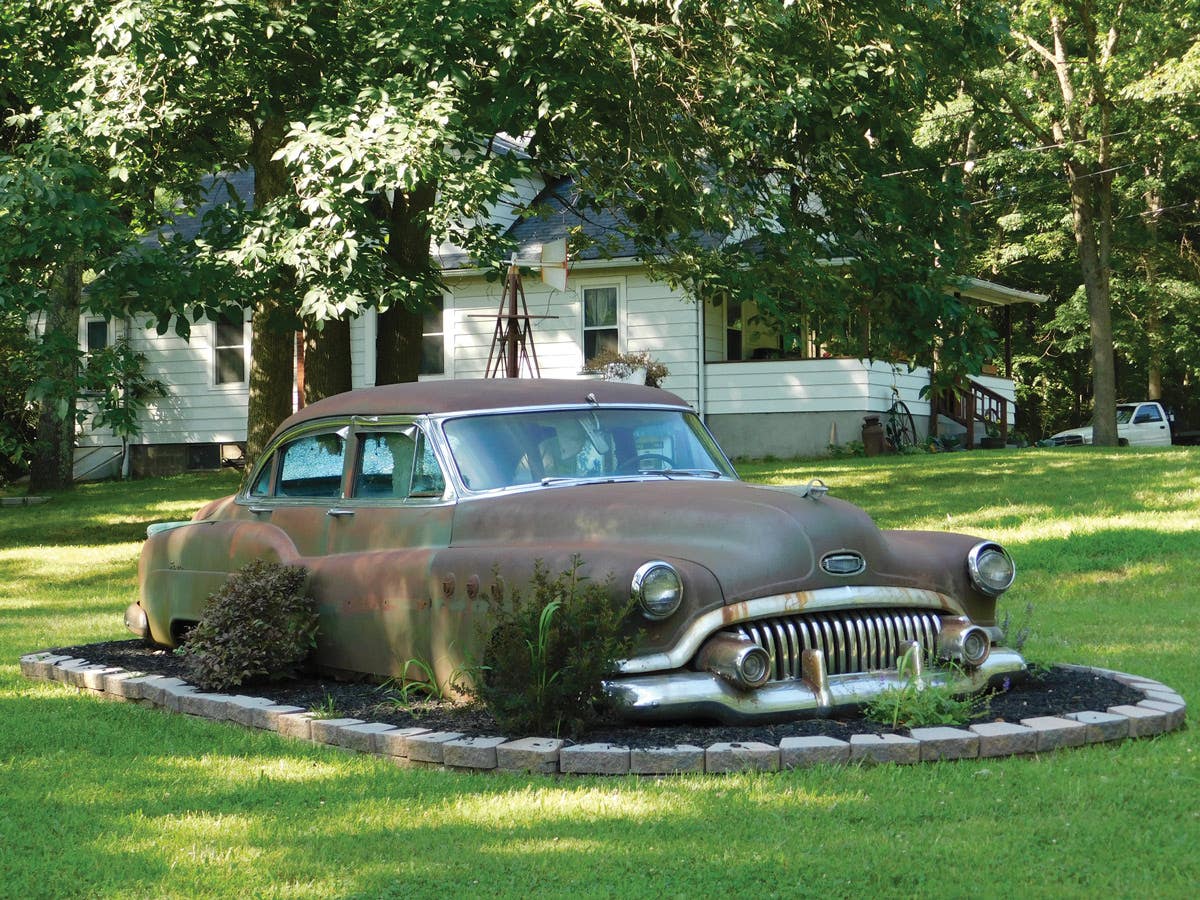Q&A with Kit Foster: December 8, 2011
Q. In the postwar years, Cadillac produced a commercial chassis supplied to the makers of professional vehicles for funeral and ambulance conversions. This chassis differed from the production Cadillac vehicles…
Q. In the postwar years, Cadillac produced a commercial chassis supplied to the makers of professional vehicles for funeral and ambulance conversions. This chassis differed from the production Cadillac vehicles in that it had a wheelbase as long as 163 inches, although most later years used 155- to 158-inch wheelbases. On these cars, exactly how much did Cadillac build and supply to the professional car manufacturers? From photographs, these cars are obviously stock Cadillac from front to windshield and cowl. Many conversions use rear bumpers and all have Cadillac taillamps and quarter panel trim components. But what Cadillac factory sheet metal accompanied each professional chassis delivered? What did the factory-supplied chassis actually look like?
David L. Fluck, Quakertown, Pa.
A. I referred this question to frequent Old Cars Weekly contributor Gregg D. Merksamer, who has written extensively on “professional cars.” His book, Professional Cars: Ambulances, Hearses and Flower Cars (Krause Publications, 2004), is quite comprehensive, but does not include details on vehicle construction. Gregg, who is also publicity chair for the Professional Car Society, consulted Canadian historian Walter McCall, who had written a related article for the PCS magazine some years ago. Walt responded with the photo seen here, from his collection. It shows a couple of 1973 Cadillac commercial chassis on a transporter, ready for shipping. The cars have the Cadillac nose and cowl, but no instrument panel. The rear bumper is strapped to the back of the chassis. On the mid part of the chassis are two large boxes of ancillary parts. Neither Gregg nor Walt knew the exact content of the boxes, but we surmise that since the cars used generally stock instrument panels, front seat and at least parts of the rear fenders, those components would be found inside.
-------------------------------------------------------------
Q. Where can I find the vehicle ID numbers on my 1946 Mercury four-door sedan? The title has some made-up number by the DMV, and I’ve found it impossible to export this car.
Frank Eldridge, Palma Sola, Fla.
A. Ford products of the 1932-’48 period can be hard to identify if you don’t know where to find the numbers. Although Ford used engine numbers (which were called “motor numbers” in company documents) to identify the cars, the numbers did not actually appear on the engine blocks themselves. Instead, they were stamped on the chassis as it came down the assembly line. The number should be on the left frame rail, visible from inside the engine compartment. It may be near the steering gear, or perhaps farther forward. It should have a 99A prefix, followed by a six- or seven-digit serial number.
The range of serials for ’46 is 650280 to 1412707. It’s possible that the prefix doesn’t appear on the frame, since not every assembly plant followed the same protocol. I’ve seen them both ways. You may have to scrape or sand the frame to see the number if it’s rusty or has paint build-up. It’s worth noting that Ford and Mercury serial numbers are mixed during this period. That’s because they are engine numbers, and from ’46, both Fords and Mercurys used the same 239-cid flathead. The system began with the first V-8 in 1932, which was designated Model 18. V-8 cars were numbered with the model prefix, 18, followed by a serial, which reached 203126 by the end of the year. In ’33, with the Model 40, Ford continued the numbering with 203127, but continued the “18” prefix right through ’42, during which time the V-8’s displacement remained at 221 cubic inches, this despite the fact that some significant redesigns took place long the way.
When the Mercury was introduced in 1939, it had a larger engine, so a new sequence was started, with prefix 99A, corresponding to the ’39 Mercury model number. As I mentioned, Fords received this engine in ’46, so their VINs fell into the 99A sequence. Just to mix things up, as Ford sometimes did, in ’47, the number prefixes were changed to reflect the year of the vehicle, so 1947s begin with 799A and ’48s with 899A. Since there’s no number on the engine block, “matching numbers” isn’t an issue in an engine transplant, but purists will know that the original number should also appear on the bell housing, so a transmission change will mean that numbers no longer match. The bell housing number, of course, is seldom seen.
To submit questions to this column: E-mail angelo.vanbogart@fwmedia.com or mail to: Q&A, c/o Angelo Van Bogart, 700 E. State St., Iola, WI 54990-0001.
Got Old Cars?
If you don't subscribe to Old Cars Weekly magazine, you're missing out on the only weekly magazine in the car hobby. And we'll deliver 54 issues a year right to your mailbox every week for less than the price of a oil change! Click here to see what you're missing with Old Cars Weekly!
More Resources for Car Collectors:
- Classic car price guides, research, books, back issues of Old Cars Weekly & more
- Get expert restoration advice for your classic car
- Get car pricing, data and history all in one place
- Sign up for Old Cars Weekly's FREE email newsletter
- Need to buy or sell your classic car? Looking for parts or memorabilia? Search our huge online classified marketplace







